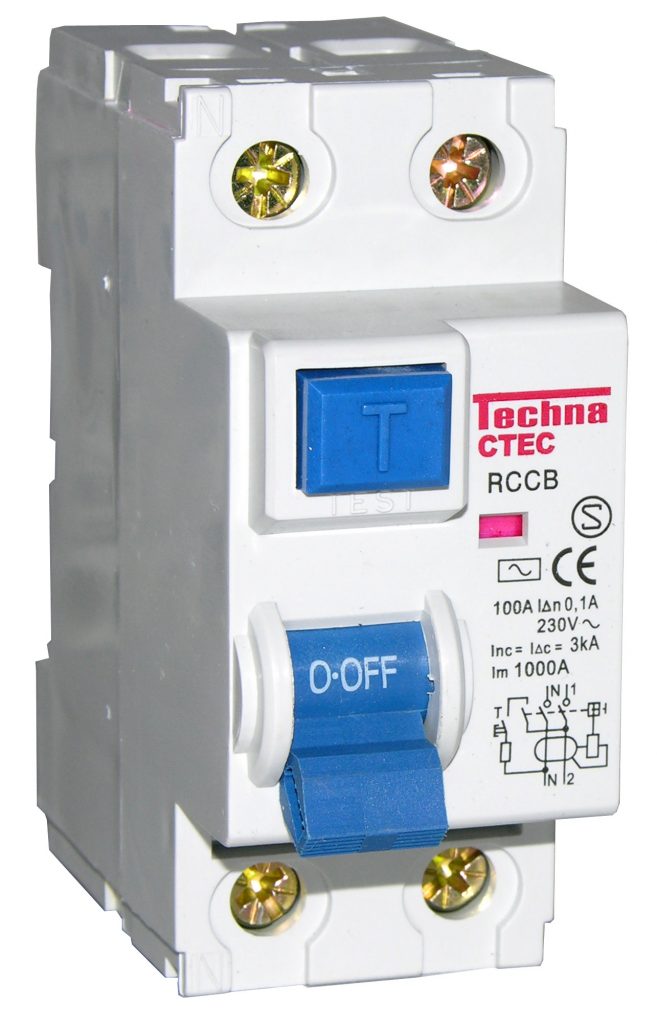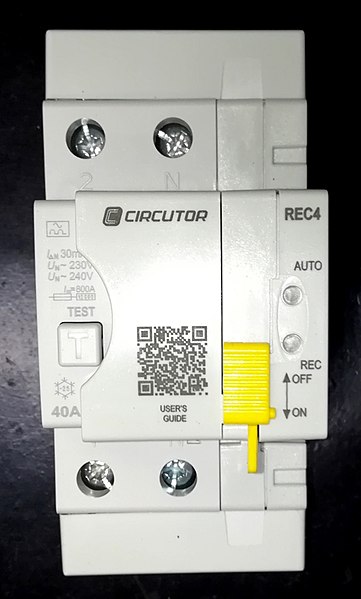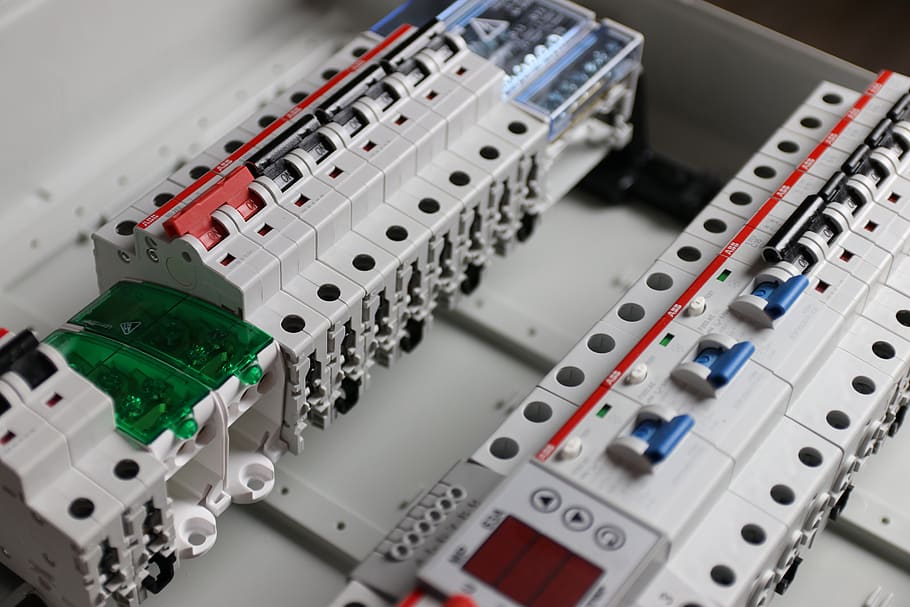The risks posed by electricity require various protective measures. The electrical protection, first of all, involves insulation:
– Wires and cables are systematically protected by a layer of insulating material, usually PVC.
– It is imperative to avoid bare wires and, if necessary, to take specific measures to handle them (in particular, cutting off the current).
– Similarly, the electrical circuit is protected by a PVC sheath to limit the possibilities of contact.
Electrical protection by distance
Electrical protection also includes measures to keep potential hazards away. For example, high-voltage lines are not insulated but are installed high up out of reach.
Caution: Never touch a line that has accidentally fallen to the ground.
Domestic protective devices
To avoid the risks associated with an insulation fault, for instance, current leakage or a short circuit (fire, material damage, electrification, or electrocution), devices are automatically cut off the current in the event of an incident. These are:
– main or branch circuit breakers and divisional circuit breakers;
– earth leakage circuit breakers.
The earth leakage circuit breaker: what is it?
There are two types of Residual Current Devices (RCDs):
1. residual current circuit breaker (RCCB), and
2. differential circuit breaker.
Functions of RCDs
RCDs are only used to protect risky equipment such as alarms, freezers, computer equipment, etc. These circuit breakers have 2 functions:
– In the event of a malfunction of an appliance, only its electrical circuit is switched off by the residual current circuit breaker. The rest of the electrical circuit continues to operate normally.
– On the contrary, if all the other circuits are cut off, the differential circuit breaker ensures the operation of a particular circuit that it is meant to protect: ideal for the freezer, which must remain powered up continuously.
Note: All differential devices are equipped with a test button to check their correct operation. To be carried out once a month.
What is residual current circuit breaker (RCCB)

RCCB protect circuits from overloads and short-circuits and also protect people from the risk of electric shock. The sensitivity corresponds to the tripping (i.e., breaking) threshold in the event of current leakage. For domestic installations, a high sensitivity of 30 mA or less is required. These types of earth leakage circuit breakers are installed between the main circuit breaker and the line to be protected.
What is differential circuit breaker switch

A differential circuit breaker switch protects people from the risk of electrification but does not detect overloads or short circuits. It must, therefore, be installed between the main circuit breaker and the divisional circuit breakers. The differential switch protects several circuits. Its control lever allows the part of the circuit it protects to be switched off.
Difference between a differential circuit breaker switch and a residual current circuit breaker (RCCB)
The differential circuit breaker switch has the same functions as a residual current circuit breaker (RCCB) but is less efficient since it does not detect short circuits and overloads.
However, the RCCB is also more expensive. This is why differential circuit breaker switches are used to protect all circuits, except sensitive circuits such as the freezer, alarm, etc.
Please note: differential circuit breaker switches are equipped with a test button to check that they work correctly. To be performed once a month.
Types of switches
There are several types of differential switches:
– The AC type corresponds to all standard uses.
– Type A is also used to protect the specialized circuits of washing machines, cookers, induction hobs, etc.
– Type B is additionally suitable for appliances or installations generating direct currents, such as wind turbines.
Differential circuit breaker: a must!
The NFC 15-100 standard requires a minimum number of 30 mA differential switches depending on the housing’s surface area:
– For a dwelling of less than 35 m², at least one 25 A type AC switch and one 40 A type A switch is required.
– Between 35 and 100 m², two 40 A AC type differential switches and one 40 A type A switch is required.
– For an area of more than 100 m², these figures are increased to the ratio of three to one, respectively. The 40 A differential switch will protect the dedicated electrical circuit of the stove or hob and the washing machine. It thus ensures the protection of these appliances in the event of a fault.
Special case: if your electric heater has an electrical power greater than 8 kVA, the 40 A AC type differential switch should be replaced by a 63 A AC type differential switch.
If you are looking for an electrical installation specialist, you can consult the web page of Blue Diamond Electric. Among their services, they provide emergency electricians, landscape lighting, electrical wiring, home audio installation, exhaust fan installation, and electrical upgrades.

